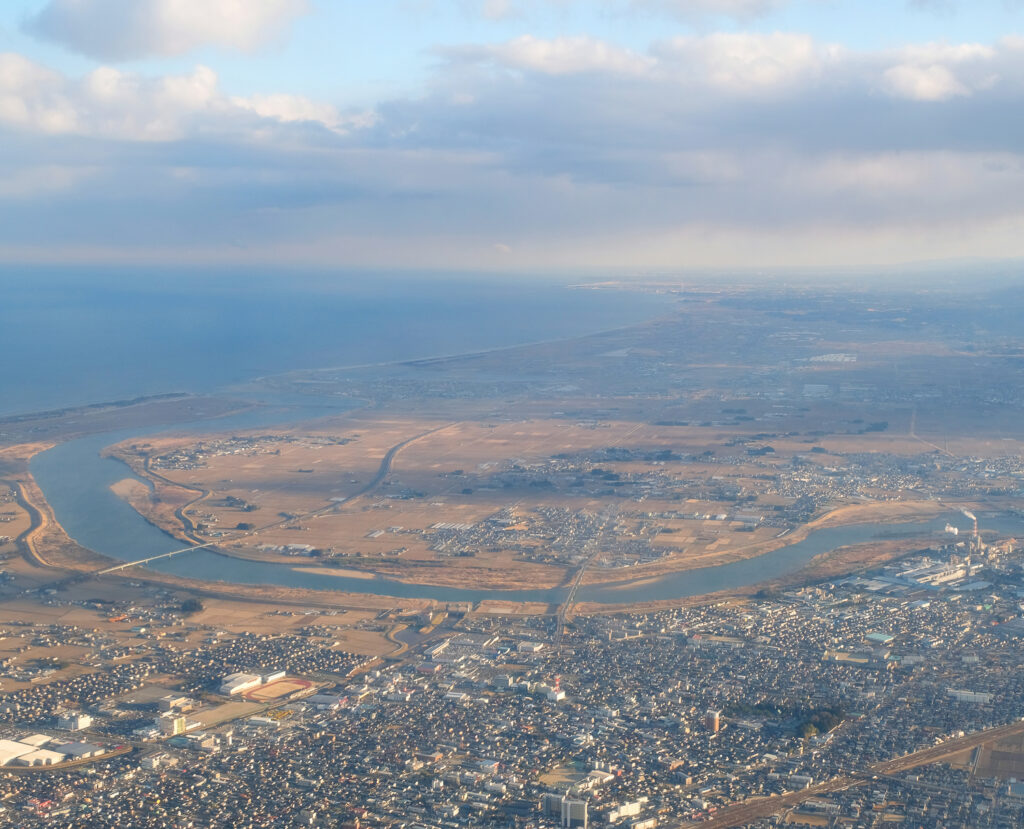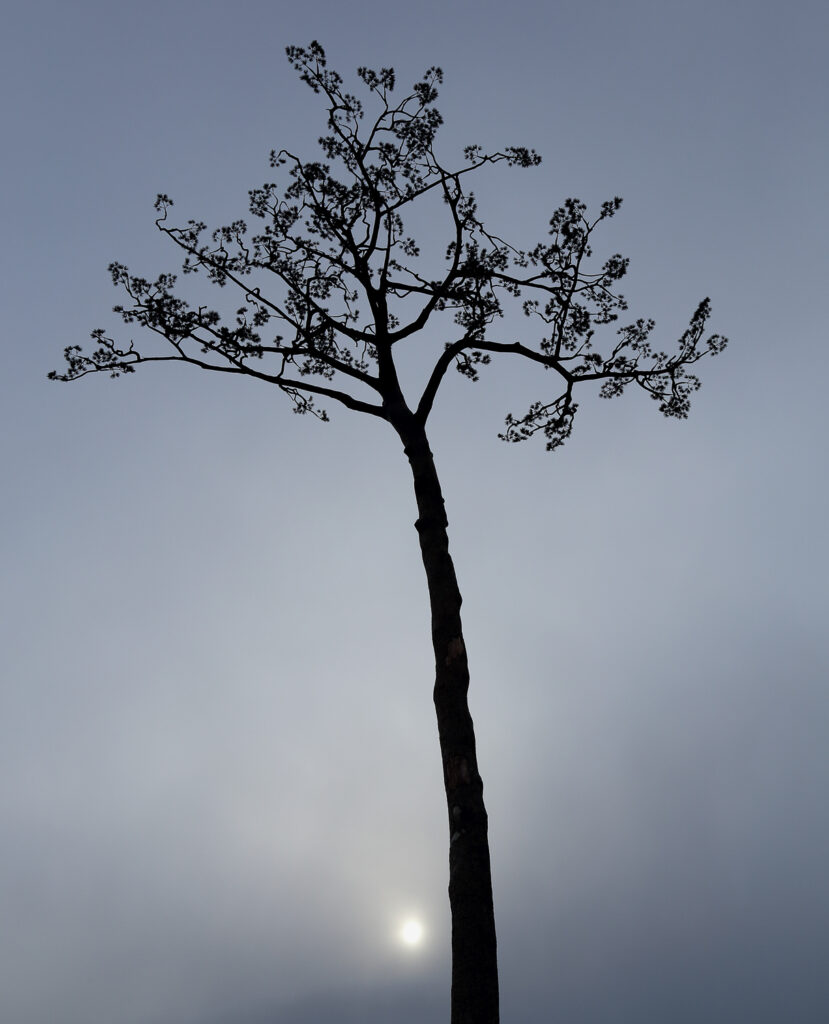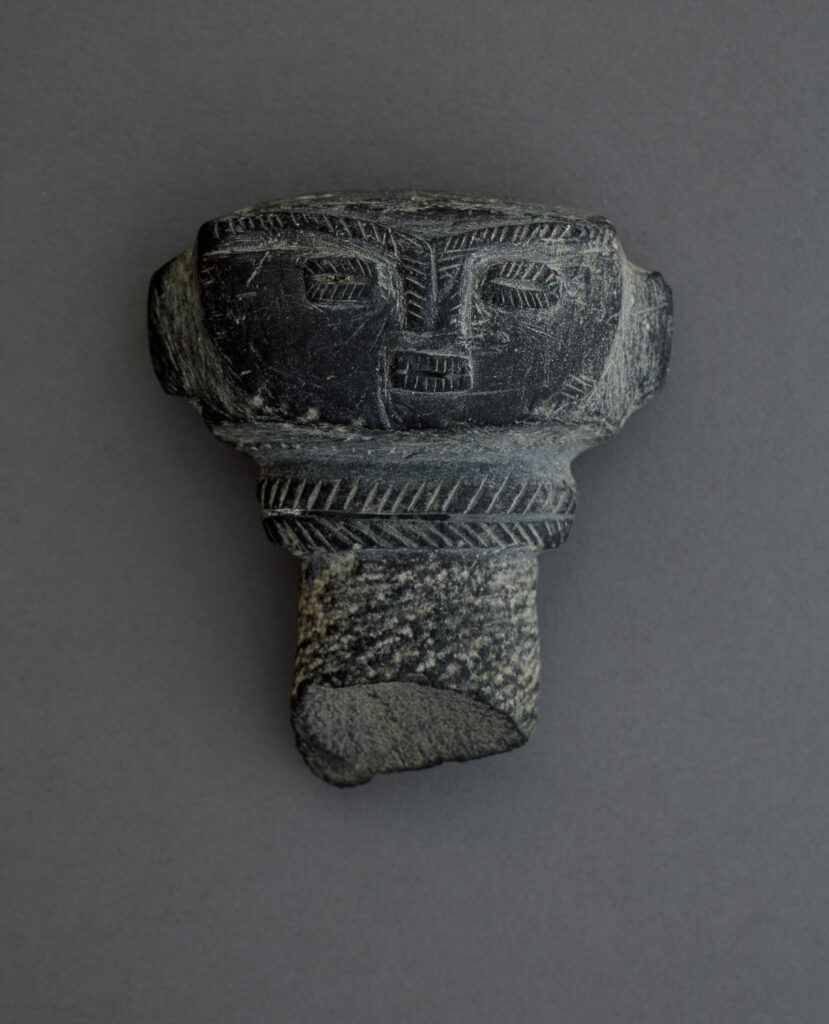The Future Beneath Our Feet
A sense of agitation runs through my body each year with the approach of March. My thoughts go to the Tohoku region of northeastern Japan, devastated by the Great East Japan Earthquake of 2011, and I find myself still unable to come face-to-face with the incredible force of nature that changed the lives of so many people. I am not in denial or trying to evade the difficult reality though. My stance is rather to stay focused on the cycle of life, keeping my ears on the sound of today’s heartbeat, and my eyes always on the present.

This year counts the tenth spring since the earthquake and tsunami. My trips for Jomon fieldwork in the Tohoku region had begun before then. On March 10 of that year, I was walking in the deep snow of Akita Prefecture, gazing at the woods around the Isedotai site covered in a blanket of white. I will always remember that still and silence. I never guessed it was the calm before the unprecedented natural disaster that would strike the next day. Since then, I have come to visit the Tohoku region more and more often around this time of the year.
I took the photograph above on March 11, 2017. It was a sight I had seen many times before, since my routine after traveling around the Tohoku region had become to take my return flight from Sendai Airport. It was a painful sight to watch, as if I were observing a scab form over a healing wound, from the sky no less—but I wanted to sear the vision in my memory. The famous ria inlets of the Sanriku Coast were among the areas most severely hit by the tsunami. The Jomon sites dotting the coast suffered damage as well as quite a few museums of natural history and archaeology.
The last photograph is of a sekibo stone rod with a human face decoration, unearthed at the Itabashisan site (Final Jomon, collection of Rikuzentakata City Museum). It was one of many artifacts washed out and exposed to seawater. Because all the museum’s staff members had lost their lives, former museum workers later carried out rescue efforts and salvaged the stone rod along with many other artifacts. At the time of my photo shoot, the face on the stone rod had countless tiny scratch marks made over the course of millennia. For me, it seemed to represent a portrait of the people who fell victim to the earthquake, and I prayed as I pressed the shutter.

Having decided to spend this spring reflecting on my past visits, I phoned an early acquaintance (interviewed for Jomon Fieldwork Vol. 7), Masakazu Fukushima, from the Iwate Prefectural Center for Archaeological Research. After the disaster of 2011, Mr. Fukushima conducted excavation work for the Sanriku Coast Expressway, aka Reconstruction Road, meaning he was closely observing Iwate’s coastal area throughout that time. Over the phone, he said the team had just compiled their excavation report for the past ten years. “Digging the layers of earth is like turning the pages of a book,” he said. “We see things that we otherwise never notice. The earth is a great teacher.” I asked if he had learned anything special over the past ten years.
“I’ve done excavation work at many sites, and before, we often gathered workers from outside the area to help with the digging, since efficiency was a priority. That approach changed after 2011.” More recently, “We try to recruit as much help as we can from the local residents. By working together on the excavation, that experience stays in the community and becomes a resource that can be drawn on into the future.” After all, he said, “What is it we’re digging? We are digging up our identity.”
Knowledge is of the past, wisdom is of the future—that Native American proverb holds true for the Tohoku region too. The seeds of the future are sown in the earth beneath the feet of the dwellers. When we think about the future, we tend to imagine brand new chapters that are yet to be written, but we should also remember to appreciate the already existing story and keep it alive.

< PAPERSKY no.64(2021)>

Jomon Fieldwork | Nao Tsuda × Lucas B.B. Interview
A conversation between ‘Jomon Fieldwork’ Photographer and writer Nao Tsuda and Papersky’s Editor-in-chief Lucas B.B. The two discuss the ways Jomon culture continues to play an important role in modern day Japan. The video was filmed at Papersky’s office in Shibuya in conjunction with Tsuda’s exhibition “Eyes of the Lake and Mother Mountain Plate” held at the Yatsugatake Museum in Nagano.
Nao Tsuda | photographer
Through his world travels he has been pointing his lens both into the ancient past and towards the future to translate the story of people and their natural world.
tsudanao.com











